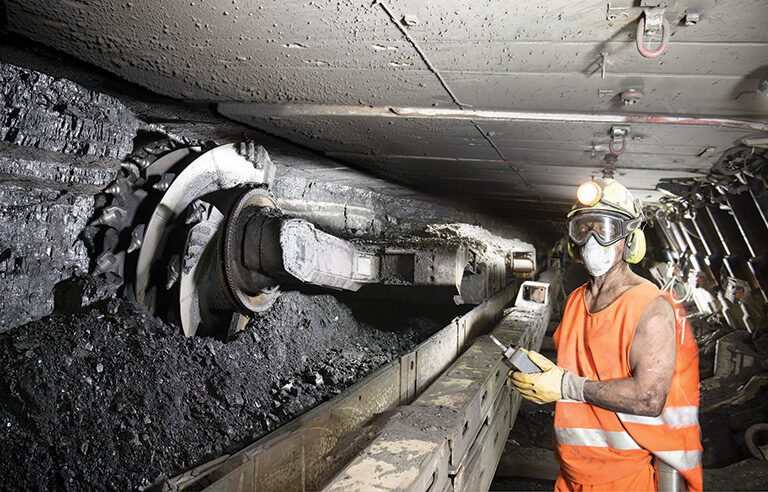
Photo: Monty Rakusen/Getty Images
Washington — The Department of Labor has revised the Black Lung Benefits Act to require self-insured coal mine operators to “post adequate security for their benefit liabilities.”
The final rule, from the Office of Workers’ Compensation Programs, went into effect Jan. 13.
The Black Lung Benefits Program is intended to provide compensation to coal miners who have been disabled by black lung – a deadly condition caused by exposure to respirable coal mine dust – and their dependent survivors. Although mine operators generally are responsible for paying black lung benefits, the taxpayer-supported Black Lung Disability Trust Fund helps finance benefits when no responsible mine operator is identifiable or an operator goes bankrupt.
“Beginning in 2014, three large self-insured operators filed for bankruptcy,” OWCP states in the Jan. 12 Federal Register. “Because these operators had insufficient securities to cover the full amount of expected benefits, an estimated $865 million in liabilities will ultimately transfer to the Trust Fund.”
In a press release, OWCP Director Christopher Godfrey said the new rule provides greater clarity about obtaining self-insurance authorization to “ensure that mine operators, not taxpayers, bear responsibility for benefit payments under the Black Lung Benefits Act, as Congress intended.”
Quenton King, government affairs specialist at environmental advocacy organization Appalachian Voices, applauds the move.
“Coal CEOs owe a living to the men and women who sacrificed their health in the mines to make them millions in profits – but they’ve regularly abandoned these ailing miners through financial tricks and the self-insurance loophole,” King said in a press release. “It’s about time the federal government cracked down by hammering this loophole closed and holding coal companies accountable.”
McCraren Compliance offers many opportunities in safety training to help circumvent accidents. Please take a moment to visit our calendar of classes to see what we can do to help your safety measures from training to consulting.
Original article published by Safety+Health an NSC publication